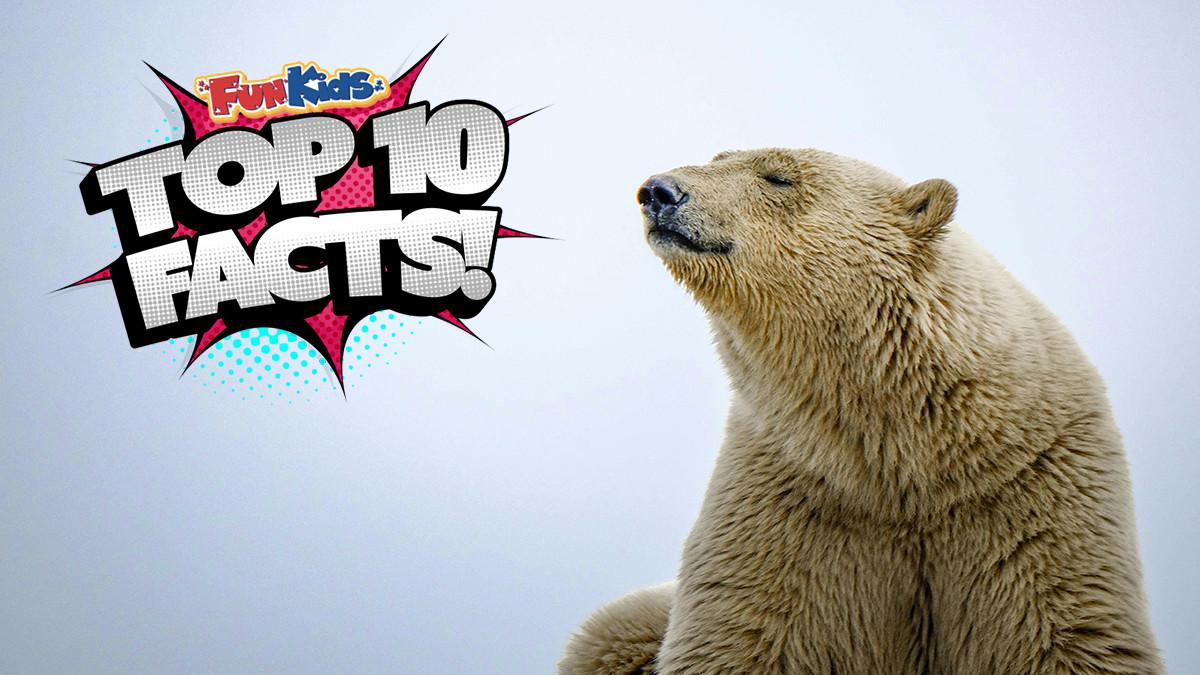Polar bears are fascinating creatures of the Arctic, perfectly adapted to their icy world. With their powerful presence and unique behaviours, these predators are truly remarkable. Here are ten incredible facts about polar bears…
1. Polar bears have black skin.
Under their thick fur, polar bears actually have black skin.
This helps them absorb and retain heat from the sun, which is crucial for staying warm in the freezing Arctic climate.
Embed from Getty Images2. Their fur isn’t really white.
A polar bear’s fur appears white, but it’s actually made up of transparent, hollow hairs.
These hairs reflect light, making the bears blend perfectly with their snowy environment.
3. They’re the largest land carnivores!
Male polar bears can weigh up to 700 kilograms (1,540 pounds) and reach lengths of over three metres (10 feet).
This makes them the largest land predators in the world, outmatching even grizzly bears.
Embed from Getty Images4. Polar bears are expert swimmers.
Polar bears can swim long distances between ice floes, using their large, slightly webbed front paws to paddle.
They’ve been recorded swimming up to 100 kilometres (62 miles) in a single stretch, an impressive feat for such a large animal!
5. They rely on sea ice for hunting!
Polar bears primarily eat seals, which they hunt from the sea ice.
They wait by breathing holes or break through the ice to catch their prey.
Without sea ice, their ability to find food becomes a major challenge.
Embed from Getty Images6. Polar bear cubs are born in snow dens.
Mother polar bears dig dens in the snow to give birth and care for their cubs.
Cubs are born blind, tiny, and covered in a thin layer of fur.
They stay in the den for several months until they’re strong enough to venture outside.
Embed from Getty Images7. Polar bears can overheat!
Despite living in one of the coldest places on Earth, polar bears can overheat if they run or exert themselves too much.
Their thick fur and fat layer are perfect for insulation but make cooling down a challenge.
8. They have an incredible sense of smell.
Polar bears can smell seals from up to 1.6 kilometres (1 mile) away and can detect prey under several feet of compacted snow.
Their extraordinary sense of smell helps them survive in an environment with scarce food.
Embed from Getty Images9. They’re solitary animals.
Unlike many other mammals, polar bears are mostly solitary.
They roam vast territories alone, except during mating season or when a mother is raising her cubs.
Embed from Getty Images10. Climate change is their biggest threat.
As the Arctic warms and sea ice melts, polar bears are losing their hunting grounds.
This makes it harder for them to find food and impacts their survival.
Conservation efforts are crucial to protect these majestic animals and their habitat.
Polar bears are not only a symbol of the Arctic but also a reminder of the importance of protecting our planet’s fragile ecosystems. Their survival depends on all of us working together to combat climate change and preserve their icy home.
Add a commentTop 10 Facts
From the Tudors to rocks to fish, we have all the best facts right here!
More From Top 10 Facts



